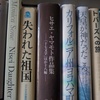
Around this time 75 years ago, Japanese and Japanese-Americans living on the Pacific coast of the United States were forcibly evacuated and sent to internment camps set up in 10 locations across the United States following the outbreak of war between Japan and the United States at the end of …
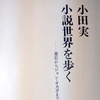
This is the final installment of the series on "No-No Boy." During this time, I was able to publish a new translation of the book, which I had been working on in parallel, exactly 75 years after the Pearl Harbor. At the same time, Donald Trump, a president who takes …

The novel has been discussed intermittently ever since its first translation by Nakayama Yo, who translated "No-No Boy," under his real name, Yagasaki Shoji, in "Japanese Americans and Literature: John Okada and Lawson F. Inada" (Heian Jogakuin Junior College Bulletin, 8, 23-30, 1977). I'll list in chronological order what I've …

The novel "No-No Boy" is a work of American literature written in English by Japanese-American author John Okada, but it has been discussed by experts in various fields beyond literature. In Japan, the world of this novel has been examined from literary, sociological and psychological approaches. In literature, it seems …
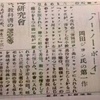
The first edition of "No-No Boy" was published in May 1957. The previous year, Japan had joined the United Nations and entered the international community, and the country was on the path to rapid economic growth. In the United States, the civil rights movement was gaining momentum following the bus …
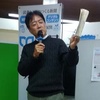
The other day, news broke that Prime Minister Abe will visit Hawaii on the 26th and 27th of this month to meet with President Obama and pay tribute to the victims of the attack on Pearl Harbor. Although it is not technically the first time that a sitting prime minister …
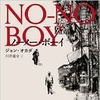
A new Japanese version of "No-No Boy" will finally be published next month. The publisher is Shunposha (Bunkyo-ku, Tokyo), a company that publishes books on social issues and lifestyle themes, with a focus on labor and welfare. The English version has been a best-seller, with 18 printings to date, selling …
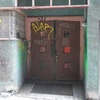
"No-No Boy" depicts Ichiro's life after the war ends and he returns to his hometown of Seattle, and his interactions with the people around him. The story revolves around Ichiro's inner monologue, and does not have a strong narrative quality. Nevertheless, the reader wonders what kind of way Ichiro will …
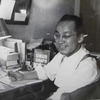
Japanese and Blacks in America Japanese people are a minority in American society and have been subject to racial prejudice since they first immigrated to the United States. In the same way, Chinese and other Asian Americans, Jews, Mexicans, and Native Americans have also faced discrimination and prejudice as minorities. …
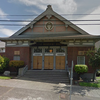
Japan and Temples in Seattle Seattle, which has a long history of Japanese immigration, once had a Japanese town, and it had almost all the features of a Japanese community. In his "America Story," Kafu Nagai, who came to the United States in 1903 (Meiji 36), was surprised to find …